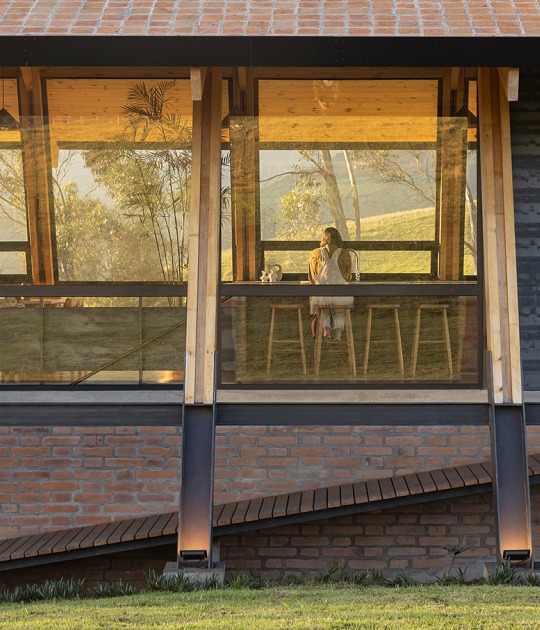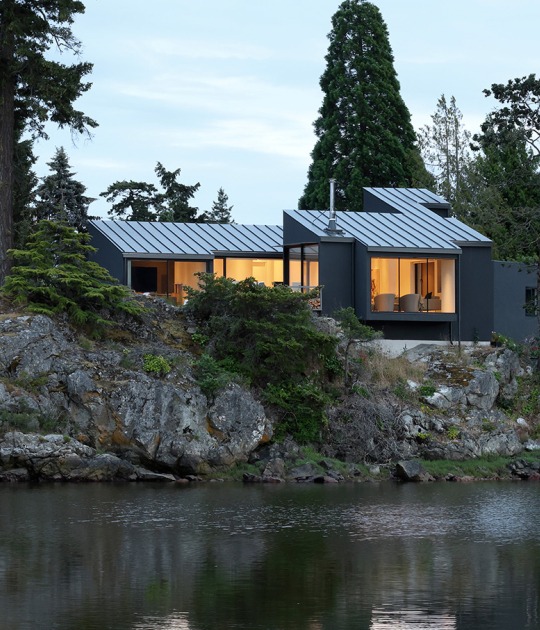This 70 sqm beach apartment experiences a constant change. The design, framed in the Little Big Houses Project, conducted by PKMN Architectures, plays with the proportion of space intended for the living room and for bedrooms. Thus, a variation in the number of separated spaces is obtained by mobile systems, patented by the study. The result is a more continuous or fragmented interior space, that responds to the needs of the users.
Descripción del proyecto por PKMN
María José and Enrique live in Mexico but travel a lot in Europe. They wanted a second home in Asturias that could be an apartment for the couple and for the whole family at the same time. Through a rotating furniture the two bedrooms of the house may come and go in a minute. The house has three positions and a house with two bedrooms, one bedroom or none of them.
In that way, housing becomes a place to hold a big party for younger or a loft space when Maria Jose and Enrique are alone.
It is the luxury of having a room of nearly 50m2 in a house of 70m2.
In Little Big Houses we design mobile systems applied to housing. We change the traditional concept of room creating spaces that are easily converted through simple gestures.
We obtain the highest possible return on every centimeter of your home to increase its value and maximize opportunities for use of space in your home.
Remember: Every square meter of your home is money...
We want to live it up ...
CREDITS. DATA SHEET.-
Authors.- PKMN architectures / Little Big Houses.
Collaborations.- Alessia Mansutti, Carol P. Linares, Elena Cantoni, Alicia Coronel.
Photography.- Javier de Paz García.
Video.- Javier de Paz García + PKMN.
Dates.- March-July 2014.
Location.- Salinas, Asturias (Spain).
Video showing the mobile systems.-






























![NEW GENERATIONS, PKMN [PAC-MAN] NEW GENERATIONS, PKMN [PAC-MAN]](/sites/default/files/styles/mopis_home_news_category_slider_desktop/public/lead-images/ml_newgenerations_01_new.png?h=3b4e7bc7&itok=k18bww0l)



